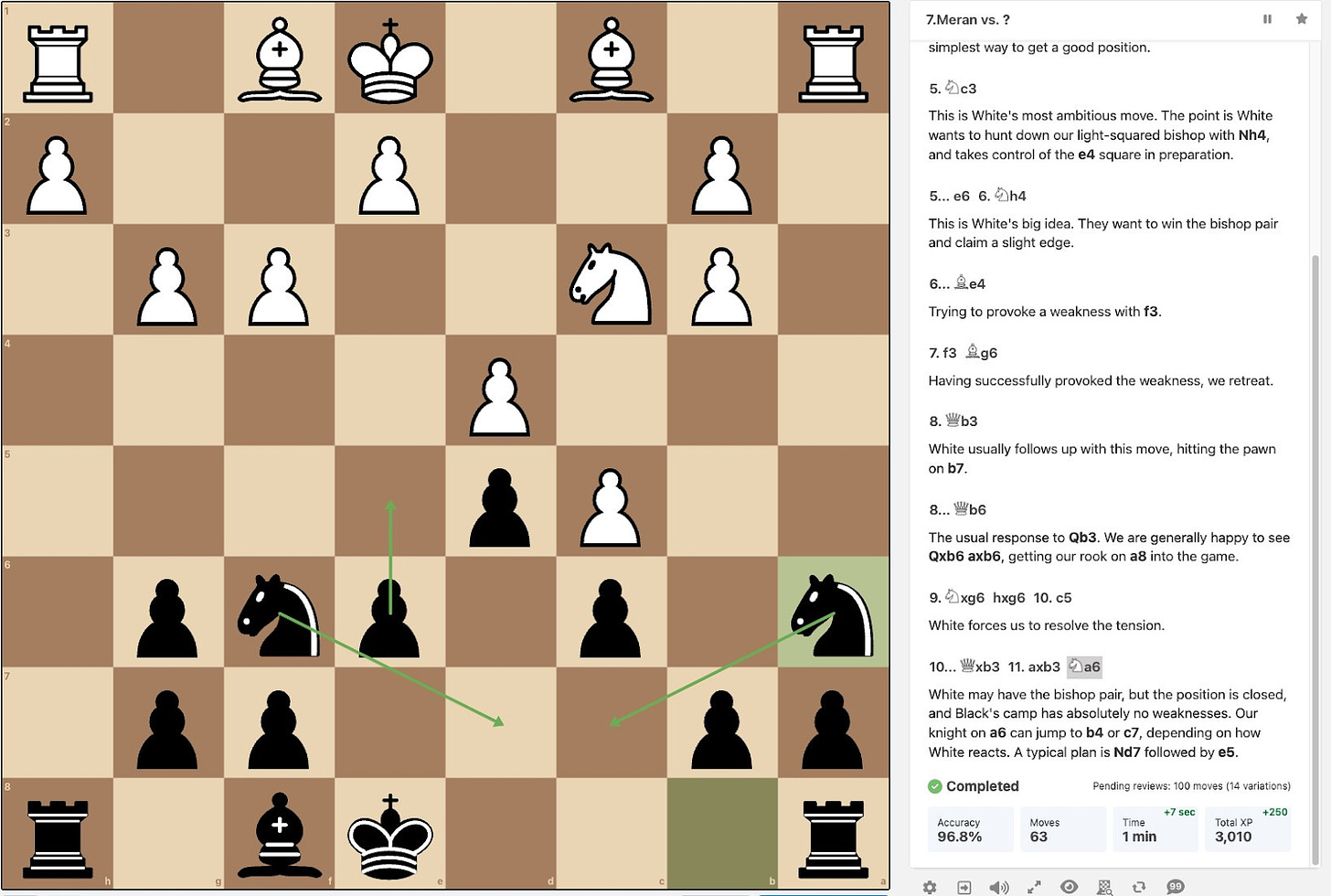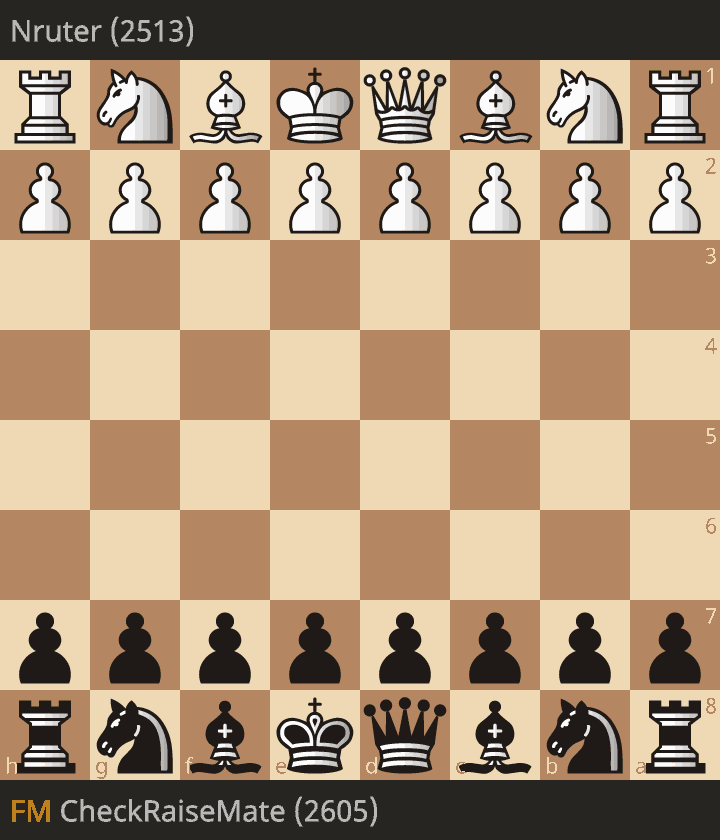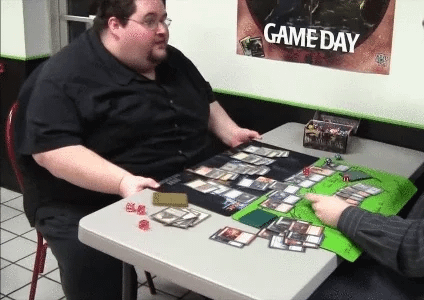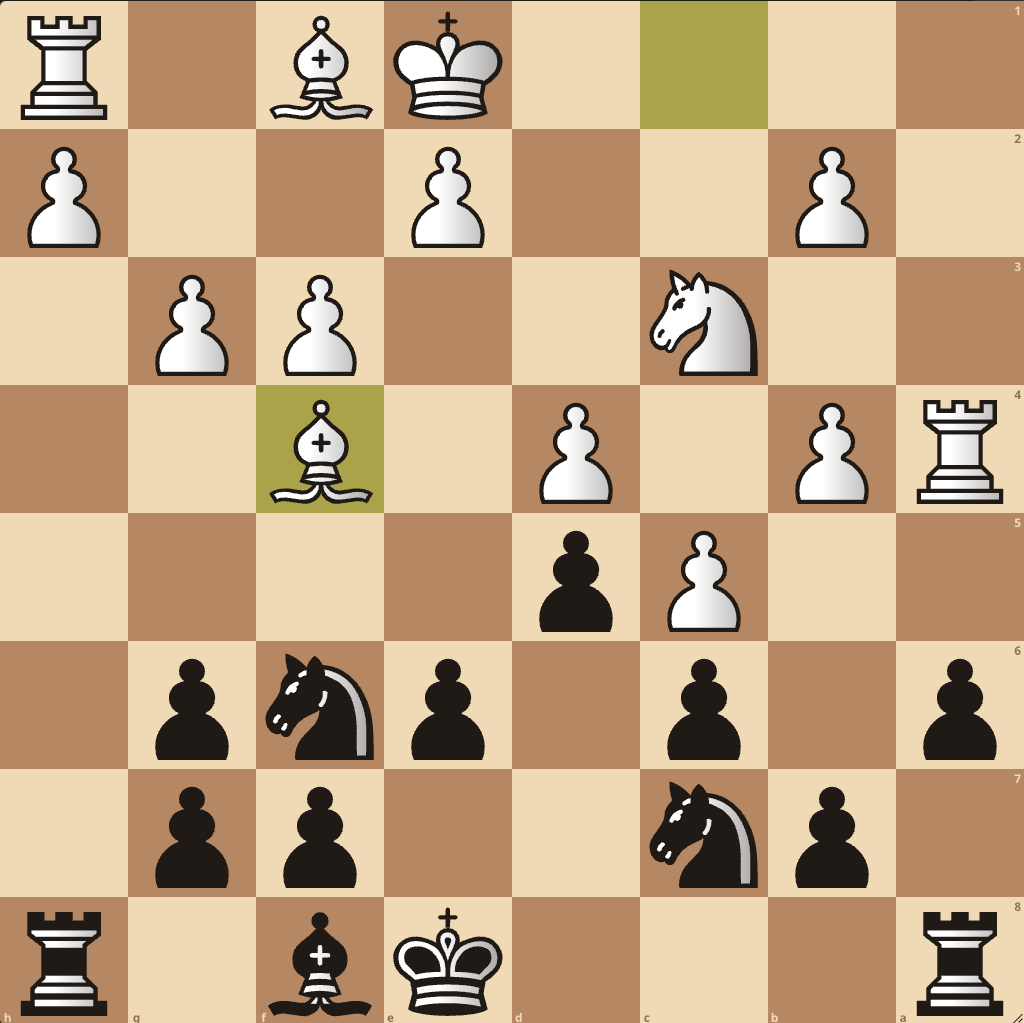“The main purpose of opening preparation is understanding middlegame plans.”
-GM Sam Shankland
What strikes me about this quote is that Shankland doesn’t just say understanding plans is important, or something you should do. It’s the main purpose of opening preparation.
This has been my experience as well. There are some moves you need to memorize, but knowing typical plans will give you a big advantage even when your opponent goes out of book.
Here’s an example from a line I’m working on for my Semi-Slav course. Below is the relevant page in the course. Note that I highlighted the plan of Nd7 followed by e5.
Now here’s a blitz game I played shortly after preparing that chapter.
Here’s a link to the full game:
Just by using the plan I already identified, I was able to force resignation in 23 moves against a player with a blitz rating over 2500. You might argue that the resignation was a bit premature since material was still equal, but if I had that pawn structure I’d probably just quit chess.
This is the difference between choosing a play from the playbook, and writing the playbook during the game. I already knew the plan, I just had to figure out the execution. For example, I identified that fixing the pawn structure first with 17… dxe4 was more accurate than playing e5 right away. But figuring out this kind of detail is so much easier when the big picture plan is already in place.
How to make the engine show you plans
The big question, of course, is how to learn these plans. A good book or course should explain the most common plans, but what if you’re doing your own preparation?
I use a technique I learned from GM Eugene Perelshteyn, my co-author on Evaluate Like a Grandmaster. Eugene is a true master of opening preparation, having helped 2700+ GMs. To understand the plans in the opening, he uses the “flip the board” technique. No, not this.
Flip the board 180° so you’re playing from the opposite side. That is, if you’re preparing the opening for the White pieces, play as Black against the engine. You could set up a challenge vs. the engine, but I find it easier to simulate a game on the analysis board. Just rotate the board and turn on the analysis engine.
Now play the most obvious and natural looking moves. Don’t stress out or try too hard to calculate, this exercise is meant to be quick and dirty. The idea is that most of your opponents are probably close to your level, so what seem like the most obvious moves to you are the ones they’ll probably play. After making your move, wait a few seconds and hit spacebar to have the computer play its top move. Repeat this until the computer is crushing you, which usually happens within a few moves.
But really, the computer is crushing your future opponents. Remember, you’re playing from the opposite side, doing what your opponents will probably do.
Give yourself unlimited takebacks. Try out different options and see how those are dealt with. When you feel confident that you understand the major ideas in the position, capture the knowledge with variations, arrows, and written annotations.
For my openings courses, I use this process and then share the distilled ideas. But you can do the same thing with any opening you’re working on.
Don’t stop improving
Even in a game where you win, there usually is at least one moment you could improve.
In this position, I defended my knight with Rc8, but the computer prefers 0-0-0. To be honest, I never even considered that castling queenside was a legal move. But now that I see it, it’s clearly the right choice: the king defends the knight, while the rook will be more useful in the center. That idea will go into my notes to be used in a future game.
Next time you’re working on your opening repertoire, try out the flip the board technique and let me know how it goes.








As usual, very practical, clear, and useful advice.